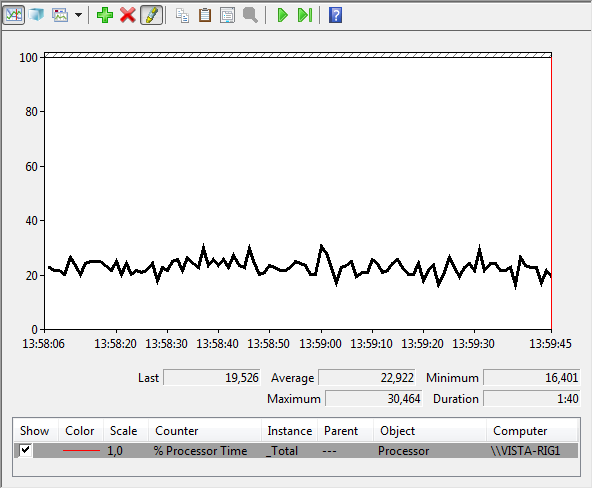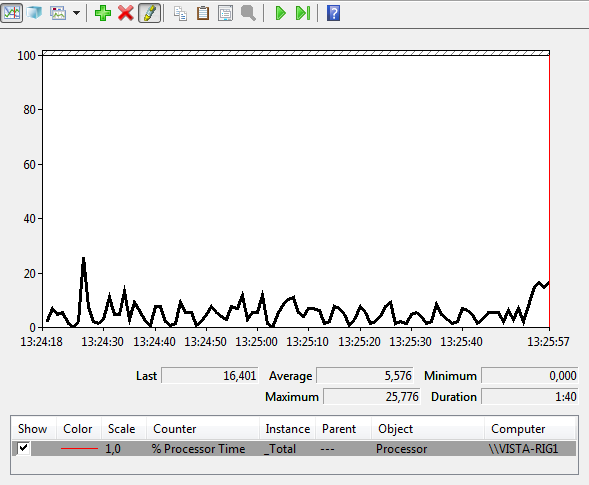Page 7
Why does Avivo HD apply to you ?
Well just look at the latest trend of HTPC's, Home Theater PC's. Things like Media Center PC's. It's exactly these kind of things I am talking about. This is the future of media playback and the PC is going to play such an important role in that.
The key advantages of Avivo HD technology are twofold.
First and foremost to offload the CPU by allowing the GPU to take over a huge sum of the workload while being more energy efficient aware. HDTV decoding can be very demanding for a CPU. These media files can peak to 20 Mbit/sec easily as HD streams offer high-resolution playback in 1280x720p or even 1920x1080p without framedrops and image quality loss.
By offloading that big task for the bigger part of the graphics core, you give the CPU way more headroom to do other things, which actually makes your PC run normal.
Make no mistake though, as our tests have proven, any modern CPU is quite capable of doing the same job just fine. But a combination of factors offer you stutter-free high quality and high resolution media playback. All standard HDTV resolutions are of course supported, among them the obvious 480p, 720p and 1080i modes and now also 1080p (P=Progressive and I=Interlaced).
The new HD 2000 series will also offer you HD noise reduction, which is a great feature with older converted films. And this is where we land at the second advantage of Avivo, Image Quality.
Avivo HD can offer a large amount of options that'll increase the IQ of playback. This can be managed with a wide variety of options. Obviously AMD has some interesting filters available in the Avivo HD suite like advanced de-interlacing, which can greatly improve image quality while playing back that HD-DVD, MPEG2, TS AV-1 or H.264 file (just some examples). Aside from that, things like colour corrections should not be forgotten. All major media streams are supported by AMD with Avivo HD. And yes, High Definition H.264 acceleration, which will eventually become a big, new and preferred standard, is also supported.
AMDs upgraded Avivo with a new Universal Video Decoder, also known as UVD, and the new Advanced Video Processor, or AVP. UVD actually made its debut in the OEM-exclusive RV550 GPU core. UVD provides hardware acceleration of H.264 and VC-1 high definition video formats used by Blu-ray and HD DVD. The AVP allows the GPU to apply hardware acceleration and video processing functions while keeping power consumption low.
UVD expands on the previous generations AVIVO implementation to include hardware bit stream processing and entropy decode functions. Hardware acceleration of frequency transform, pixel prediction and deblocking functions remain supported, as with the first generation AVIVO processing. AMDs Advanced Video Processor, or AVP, has also made the cut for low power video processing.
UVD is a feature only present in HD 2400 and 2600 series, not 2900.
To give you an idea how intensely big one frame of 1920x1080 is with a framerate of 24 frames per second. Click on a the two example images above. Load them up, and realize that your graphics card is displaying that kind of content 24 times per second, while enhancing them in real-time.
Testing HD decoding performance
Here at Guru3D we have developed a new test. As most of you know we where pretty much surprised after posting our HD 2900 XT review that there was no UVD engine present while roughly the entire world believed it had that engine. To prevent such situations we decided to develop our own decoding test where we can measure CPU utilization very precisely during HD playback.
The most important bitstream for decoding HD content is VC1. Armed with both a HD-DVD and Blu-ray drive we'll decode 140 second clips from two movies. These clips are in each benchmark run the same. Each .5th of a second we'll measure CPU load and register it. After the 140 seconds we'll have an average, minimum and maximum CPU load to observe. We'll focus on the everage framerate.
Let's see what that looks like:

Above we can see a GeForce 8600 GT decoding a HD-DVD VC1 stream, in this case it's decoding the movie Bourne Supremacy.

On the Blu-ray side we look at a VC1 stream of the movie blood Diamond, exceptional good (low) CPU load.
Let's measure with a couple of HD ready cards and have a look at the outcome.
So first and foremost, it is not a requirement to have your graphics card decode any given HD stream, it's preferred though. In the charts below you for example can see PowerDVD decoding a HD stream over the CPU. On both movies this causes the most CPU utilization. Quite honestly that's really not even half bad. We did however use a 2.9 GHz Core 2 Duo X6800 processor on this system. However, after testing that also, changing to a cheaper E6600 would only results in a slightly higher utilization (we're talking 2-3% here).
For the GeForce cards we used NVIDIA's NZONE ForceWare 158.45 driver, don't use 158.24 as HD decoding simply does not work properly. On ATI's side we used a beta 8.38.9.1-rc2_48912 driver.
Let's have a peek how well things scale.
Above you can see the movie Blood Diamond being decoded on Blu-ray.
Mind you that the number you see is the average CPU utilization during the 140 seconds of decoding. Thus lower means better. As you can see the 2400 and 2600 products decode HD VC1 streams like there on dope or something, only a 5% CPU load. That's exceptionally good. All the way to your right you can see the clip decoded over the CPU with PowerDVD where we spot a CPU load of 30%
This movie however has an average bitrate of 10-15 Mbit/sec. Let's move on to the next chart.
Here we see on HD-DVD the movie, the Bourne Supremacy. Again exceptional performance from the 2400 and 2600 series, this HD bitstream was crazy, 25 Mbit/sec and higher was no exception.
As the results now show, clearly the HD 2900 XT does not have UVD. The GeForce 8800 doesn't do bitstreaming as well, yet seems to be dealing with decoding a tad better. Then looking at the 8600 series however we see that they keep your CPU nicely chilled, but not as good as the UVD supported Radeon HD 2400 and 2600 cards from ATI, that's just amazing.
The reason behind this is VC-1. NVIDIA's new Bitstream processor (BSP) does not support it, it's silly. It does H.264, CABAC/CAVLS but not VC-1. Therefore NVIDIA remains smack in the middle, ATI definitely is king of HD decoding today.
So for the 2400 & 2600 series goes the entire process of Bitstream processing, Frequency transform, Pixel prediction towards deblocking up to post processing (up/downscaling / deinterlacing, color correction) and displaying is managed by Avivo HD on the 2400/2600 graphics cards and that's including Blu-ray content with a 40MBit/sec bit-rate.
Lovely.


